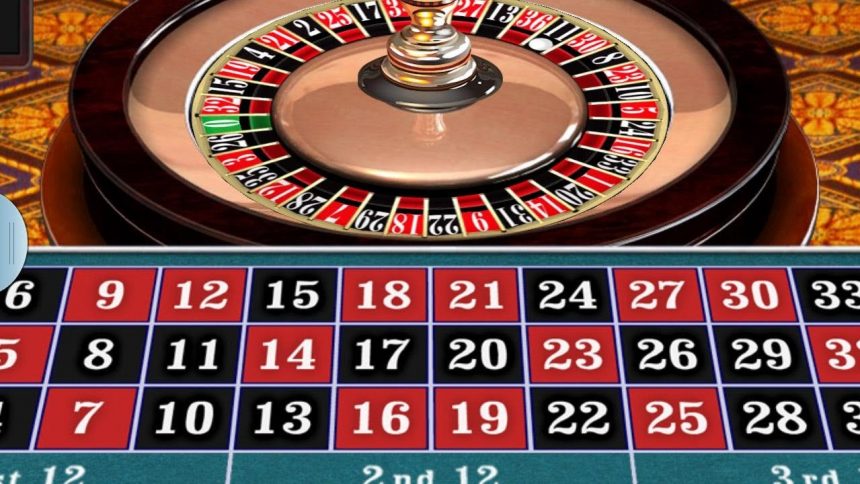Several factors can drive the idea of developing a casino, including inadequate space in a hotel’s foyer, the need for more hotel occupancy, or the availability of a tourist license. The idea often takes on a life of its own. Next comes the creation of a casino layout (that fits the team’s expectations of players) and the construction phase—the search for casino managers. Developers fall for common misunderstandings about gambling and casinos. Let’s not get into too much detail, but let’s see how the best operators approach things. They first understand the market and its willingness to pay. The feasibility study then estimates the potential visitors, their frequency of visits, the average length of each session, and the average stake.
Further, projections are made about the equipment and floor space requirements and operating times. Finally, financial spreadsheets are created to provide a well-supported and considered opinion on profits, capital expenditure, and investment returns. The feasibility is more than just numbers. It focuses on optimizing the opportunity, eliminating potential fatal flaws, and what it will take to be competitive in the market. A well-respected academic does not have to conduct the feasibility. It is sufficient to determine whether your rough diamond or worthless glass chips are in the initial stages. An experienced casino consultant can provide an initial feasibility report at a reasonable cost in as little as 10 working days. This will give you a starting point for the idea or opportunity and provide a framework to screen for future opportunities. Let’s take a look at some of these pitfalls.

People often believe that casinos have a license to print money. This myth seems to be a common misconception. It also prevents people from doing their due diligence on potential restaurant opportunities. Here are some examples. A large casino was built in a country where maximum stakes are restricted. To make the casino financially viable, the revenue expectations of the slot machines were heavily relied on. A revenue capacity model was created for the slot machines by an experienced manager a few days before the opening. It showed that the number of machines required to generate the required income was physically impossible. The casino did not live up to its expectations. The US operator created a large casino in Britain, but it failed to understand the potential for live gaming and the mobility of players. A British company in Las Vegas failed spectacularly because it didn’t understand the customer.
Another misconception about casinos and players is the “James Bond” picture. Casinos are heavily influenced by the Pareto Principle, with roughly 80% of revenue coming from 20% of visitors (or less). This 20% doesn’t include people who wear formal attire now and again. It is more about the frequent visitor who feels comfortable in casual clothing at the casino. Uninitiated 5-Star Hotel managers are invariably shocked at the presence of “non-James Bondness” or casino players in their lobby. “Where’s that casino manager? He’s got this all wrong…” And on goes the conflict of interests. This feasibility study will allow the corporation to identify conflicting situations and develop solutions, such as a separate casino entrance or different F&B standards and prices.
I remember an incident in which a group executive proposed the creation of a large caravan park on the grounds of a resort casino. It was located about 2 hours from major cities. The only casino within four hours of the resort was in the city. They presented their detailed and polished plan to increase footfall to the resort, which was rebuffed by the CEO. They didn’t realize that the thousands of caravans that line the road would slow down the 20% of visitors that generate 80% of the revenue. This was a huge mistake!






